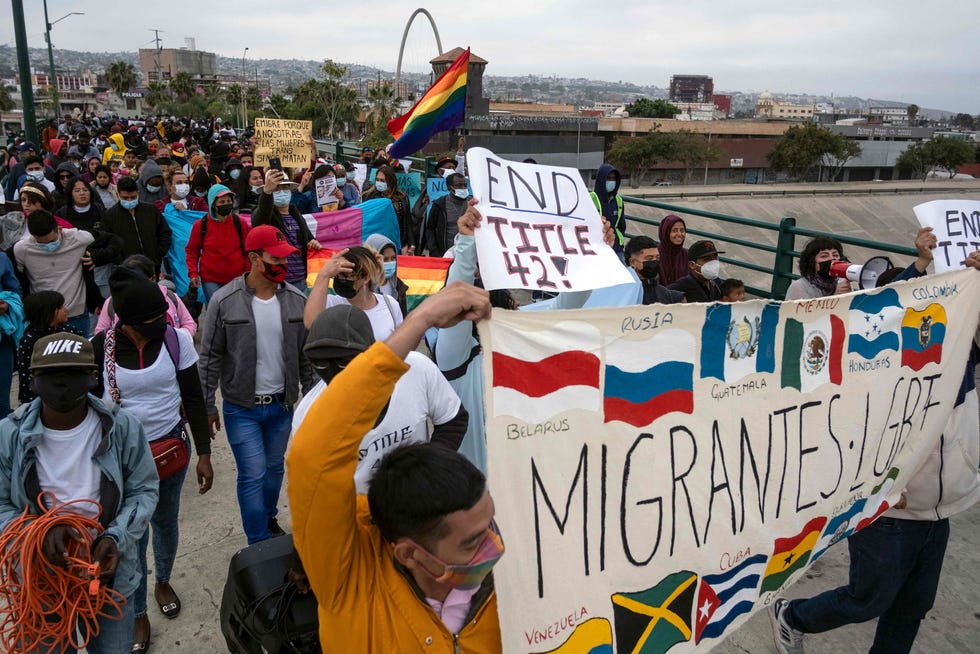‘There’s a lot missing’: More Indigenous knowledge needed in Yukon midwifery, say experts
Some Indigenous perspectives on midwifery practices in the Yukon are being left out, according to a few experts who were consulted by the Yukon government on its new regulations.
In 2017, the Yukon government put together an expert panel to help develop a plan for integrating the profession into the territory’s broader healthcare system, like service locations, standards and policies and employment of the midwives — a first step, after years of discussion.
That includes establishing the Yukon’s midwifery regulations, which will establish the minimum education to become a midwife, the minimum standards to be followed in practice and the discipline process for complaints, according to an email from the territorial government.
Among those on the panel were Rachel Olson, a Tr’ondëk Hwëch’in researcher, Kathleen Cranfield, a past president of the Yukon Association for Birth Choices, and Carol Couchie, an Indigenous midwife and founding member of the National Aboriginal Council of Midwives.
But when the territory unveiled the regulations last year, the women didn’t see their contributions reflected.
“I think there’s still a lot missing,” Olson told CBC News. “It has to feel like we are a part of it, that we have ownership over what it means to be a midwife.”

The recommendations
The three women had a few suggestions for how to make the profession more accessible. Chief among them: to create an in-territory education program so those who want to become midwives can learn what they need without having to leave.
Instead, the Yukon government included a provision in which midwives have to leave the territory and practice elsewhere for at least a year — something Cranfield said will discourage Yukoners from coming back home.
“That’s really prohibitive to starting an Indigenous midwifery program,” Cranfield said.
Olson said the Yukon government also has to have a staffing plan in place to make sure there are no gaps in services in the future.
Recognizing Indigenous birthing practices
Another aspect that could be included, according to Cranfield, is an acknowledgement that Indigenous midwifery and its practices existed long before the medical practices seen today.
Couchie, with the National Aboriginal Council of Midwives, said a lot of her culture, in the Nippissing First Nation in northern Ontario, centres around birth and reproduction.
Over the years, those practices have been lost to the medicalization of birth, she said.
“We understand as Indigenous people that if life carriers don’t have babies … then we will no longer exist as a people,” Couchie said. “Those little ones are really, really sacred to us.”
We understand as Indigenous people that if life carriers don’t have babies … then we will no longer exist as a people.– Carol Couchie, founding member of National Aboriginal Council of Midwives
That’s why Olson set out to study the Yukon’s birthing practices. That was her way, she said, of contributing to the ongoing conversation about how to regulate the territory’s midwives.
“It was interesting because … these are questions that haven’t been asked in a long time,” she said.
“At the beginning, they would say ‘Oh that’s lost’ … but then the more you talk to people, the more small stories [come out].”
Olson said one thing she learned is that everyone in the Yukon communities she worked with used to have knowledge about birthing practices, so that they could step in if needed during a birth.
In an emailed statement from Community Services spokesperson Odile Nelson, the regulations and program currently in place were based on what the territory heard from Yukoners and experts, along with lessons learned from other jurisdictions.
“Our intention has always been to take a phased approach to this work, both from the regulatory side and the programming side,” the statement reads in part.
“We are also working to develop a midwifery program that meets and responds to the specific needs of Yukon First Nations.”
It continues to say the territory recognizes that many Yukon First Nations and other organizations are working to revitalize Indigenous birthing practices and the importance of doing so.
“We will continue to consider the many different perspectives on this issue as we go forward with our phased approach,” it says.
“Our future work includes the possibility of updating the regulations to include Indigenous midwifery and we will certainly review the regulations — and work with affected parties — to ensure future phases provide optimal support to Indigenous midwives in the Yukon.”
Where things are going right
The Yukon government doesn’t have to look too far to find examples where Indigenous inclusion is thriving, Cranfield and Olson said.
Cranfield, who now works in Fort Smith, N.W.T., said the Northwest Territories government asked midwives to help rewrite its legislation, along with other medical professionals, several years ago.
What that created, she continued, is care that is “very specific to the needs of … community birth.”

“When those standards were written, the scope of a midwife [was] quite broad to enable the practice of midwifery in communities where there are no specialists,” Cranfield said. “The relationships grew really strong … between the midwives and the communities.”
Yukon could also look further northeast. Innu women in Nunavik have been in charge of maternal child health for more than 35 years, Couchie said — something she describes as the “gold standard” for midwifery care in Canada.
All three women say the work of the Yukon government shouldn’t end here.
“This is only the beginning of the work,” Olson said. “We need to be 100 per cent committed to make sure midwifery is successful in the Yukon.”




